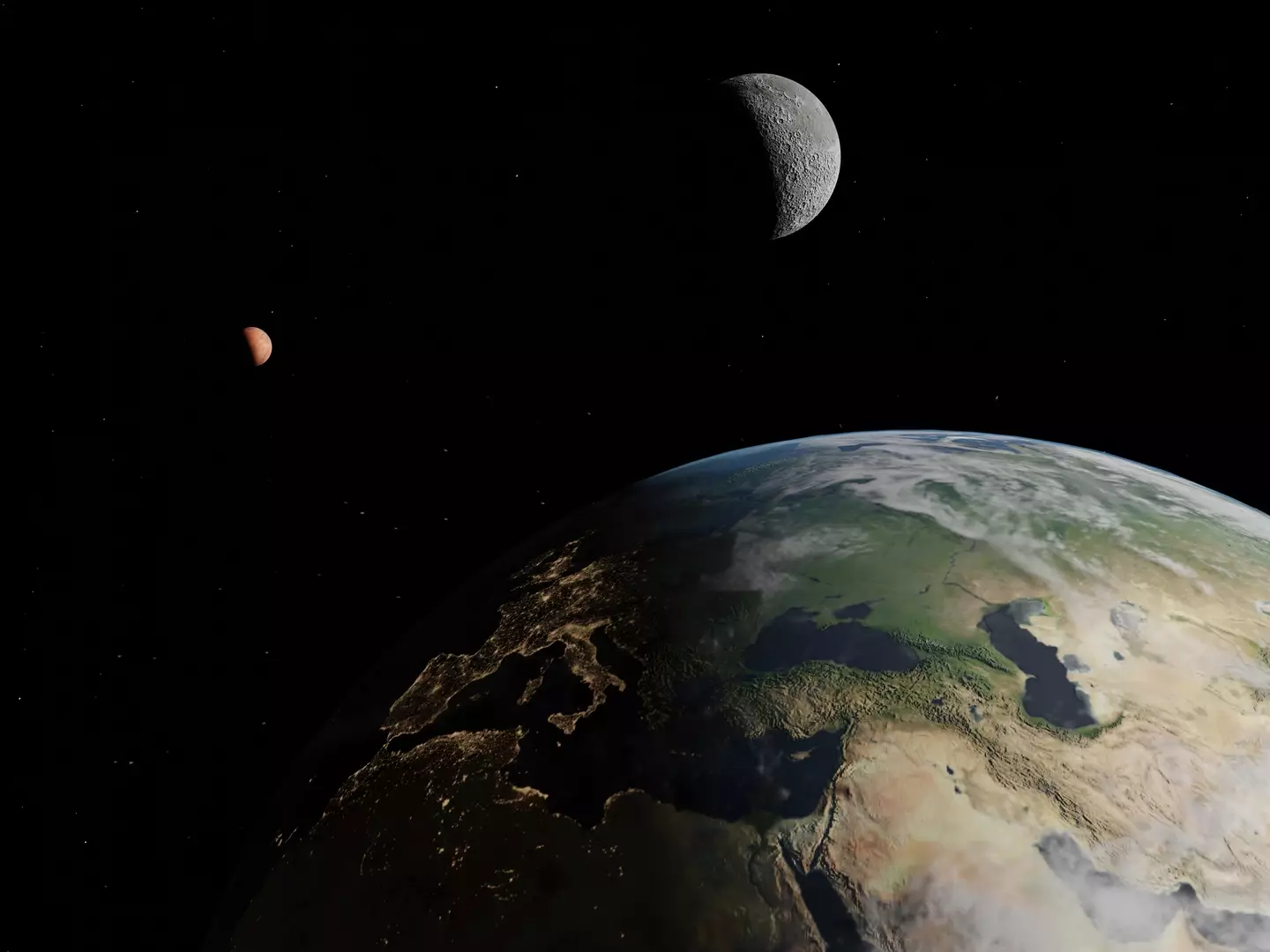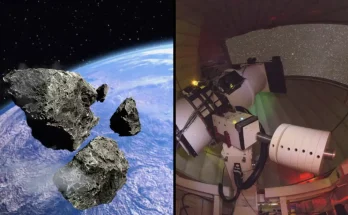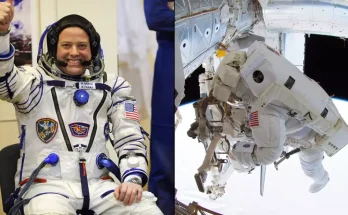The Moon is thought to be receding from Earth 3.81 centimetres every year
I’m not sure about you, but I was today years old when I learnt that the Moon’s distance from the Earth impacts time.
The Moon is over 384,000km away from us, but despite this it still has a huge impact on our day-to-day lives.
The Moon’s gravity pulls on Earth, so with this in mind, it’s thought that its our good friend the Moon that makes our planet liveable, as it moderates ‘the degree of wobble in Earth’s axial tilt’.
Away from making sure we’re not an wobbling left, right and center, the Moon and how far away it is from us impacts our time.
Scientists have found that days on Earth are getting longer because the Moon is slowly drifting away.
It’s believed that a day on the globe 1.4 billion years ago will have lasted just 18 hours.
“As the Moon moves away, the Earth is like a spinning figure skater who slows down as they stretch their arms out,” said co-author of a 2018 study, Professor Stephen Meyers of the University of Wisconsin-Madison.

The Moon is 384,000km away form us on Earth (Getty Stock)
“One of our ambitions was to use Astrochronology to tell time in the most distant past, to develop very ancient geological time scales,” he continued. “We want to be able to study rocks that are billions of years old in a way that is comparable to how we study modern geologic processes.”
For those of you wondering what Astrochronology is, it’s the method of linking astronomical theory with geological observation.
Professor Meyers previously worked with his team to look back at the Earth’s past and recreate what he believes the solar system previously looked like.
The researchers studied sediments from a 90 million-year-old rock formation. This is how the team reportedly discovered the Earth’s climate cycles.

Our days are getting longer as the Moon moves further away (Getty Stock)
From the findings, we know that the Moon is currently receding from the Earth at a rate of 1.5 inches (3.81 centimetres) every year.
Scientists have also concluded that the Moon once would have been so close that the Earth’s gravitational interactions would have ripped apart the Moon.
Professor Alberto Malinvero, co-author of the study said: “It was exciting because, in a way, you dream of this all the time; I was a solution looking for a problem.”
However, it is important to note that scientists know that the Moon itself is 4.5 billion years old. Therefore, their calculations could be somewhat inaccurate.
Featured Image Credit: Getty Stock Images/ Naomi Baker – The FA/The FA via Getty Images



